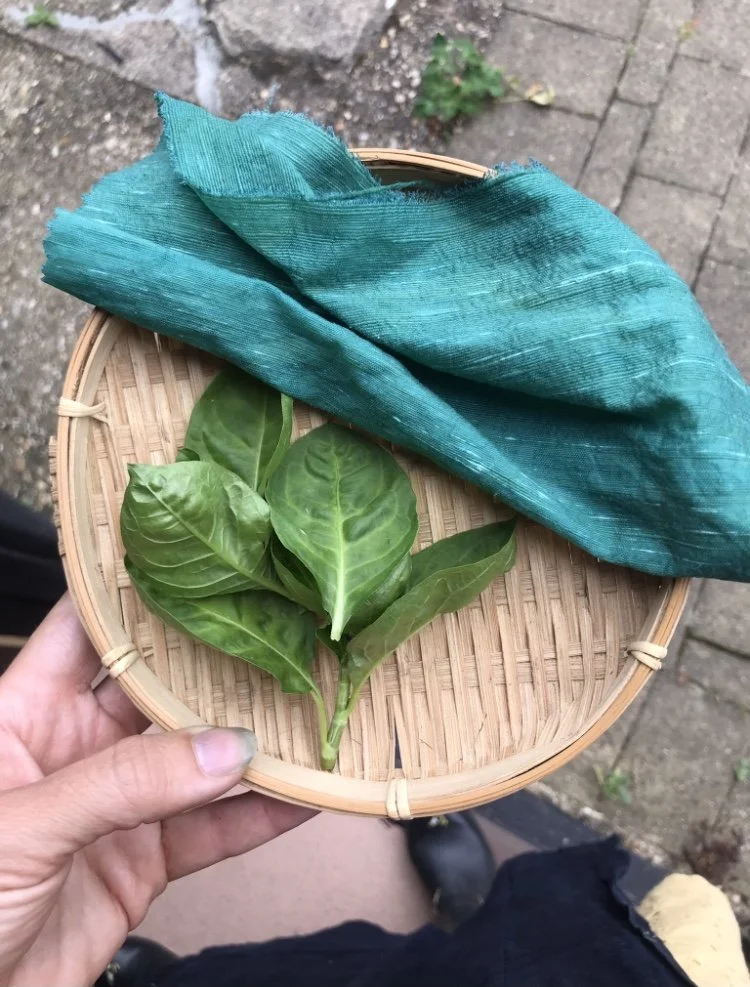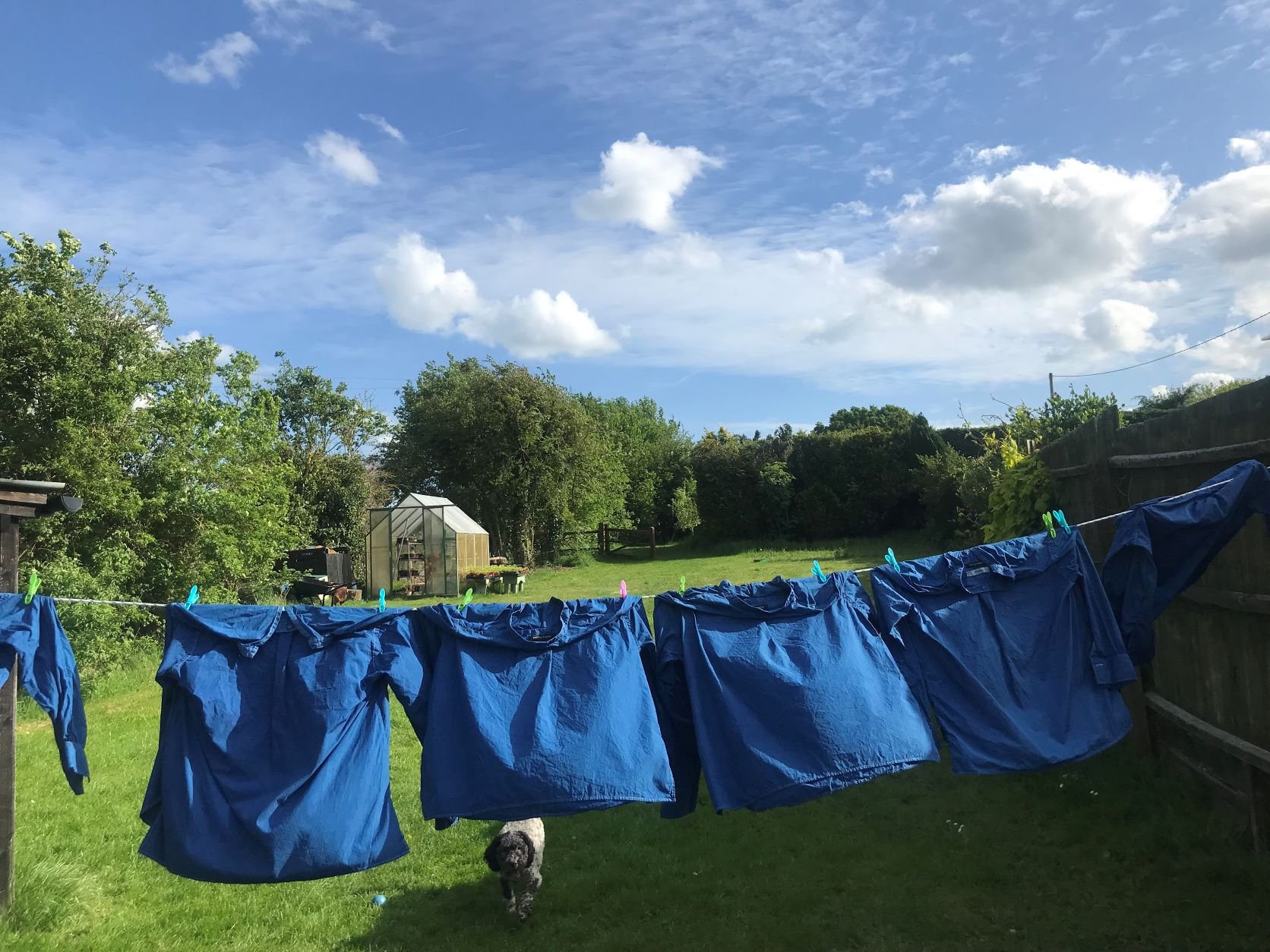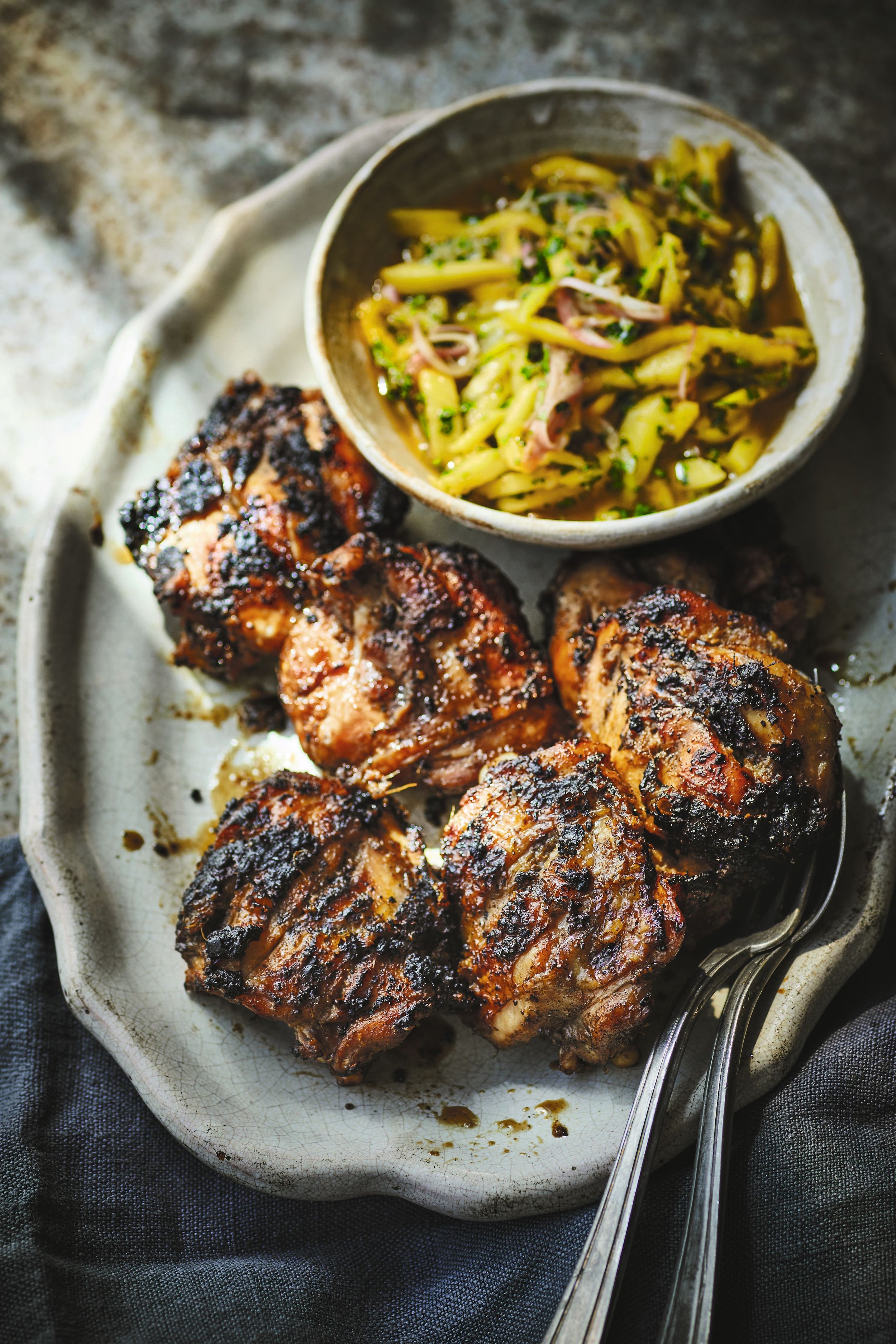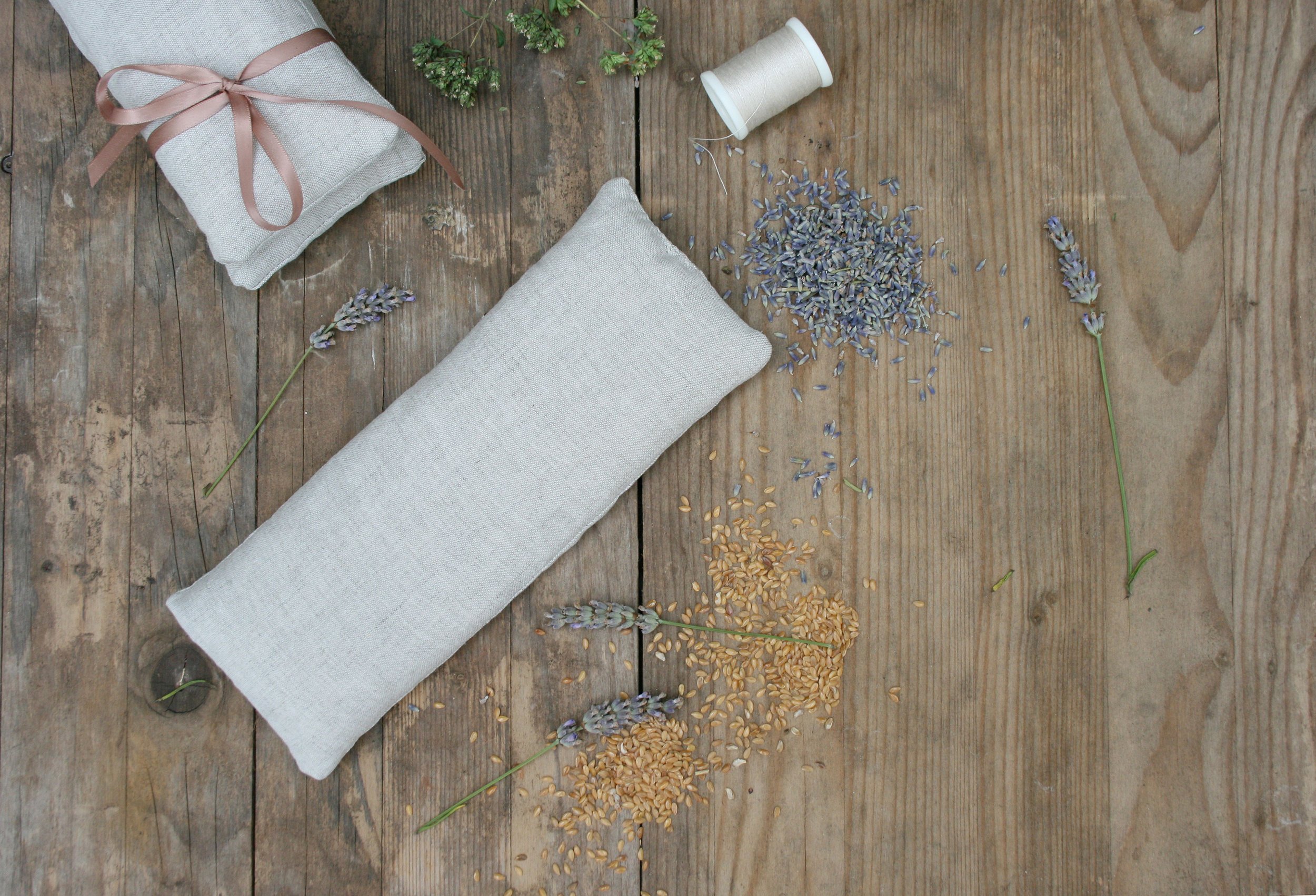Make this pretty scarf using natural ingredients and a bit of elbow grease
In our March issue, we met Liza and Luisa of Indigo Garden London, who told us all about growing and using indigo and shared this weekend project with us.
You will need:
Tops of 10–15 indigo plants
Metal bowl
1–2 tsp salt
Rubber gloves
Silk scarf
1 The easiest and most direct plant-to-fibre method for dyeing with indigo is to pick the tops of 10–15 indigo plants and give them a rinse. If you want to be a purist, you can wake at sunrise and pick while still fresh from the morning dew, as this is when they have the highest indigo content.
2 Remove the stalks from your plants so you’re left with just the leaves.
3 Place your leaves in a non-reactive bowl and sprinkle on the salt. Put your rubber gloves on to protect your hands from the dye and start to mash the leaves with your hands to break down the plant matter.
4 The plants will start to look like wilted spinach and some indigo juice will start to form in your bowl. At this point, add a small, pre-wetted silk scarf (or other protein fibre*) and continue to mash the scarf with the leaves. At first, your scarf will look a greenish colour, but keep pounding and slowly the liquid and your scarf will turn blue – the more you mash, the bluer it will become.
5 Once you’re happy with the colour, give the scarf a gentle rinse in water. No further fixatives are required.
MAKER’S NOTE: To speed up the process, you can half fill a blender with leaves and top up with ice cold water – no salt needed. Blend until blitzed and use immediately. Always use the leaves straight after picking otherwise the fresh enzymes will die and the process won’t work.
Friends Liza Mackenzie and Luisa Uribe founded a garden together in east London where they grow indigo and run workshops teaching others how to extract colour from nature. Follow them on Instagram: @indigo_garden_london. You can read more about Indigo Garden London in our April issue.
Buy this month's The Simple Things - buy, download or subscribe








